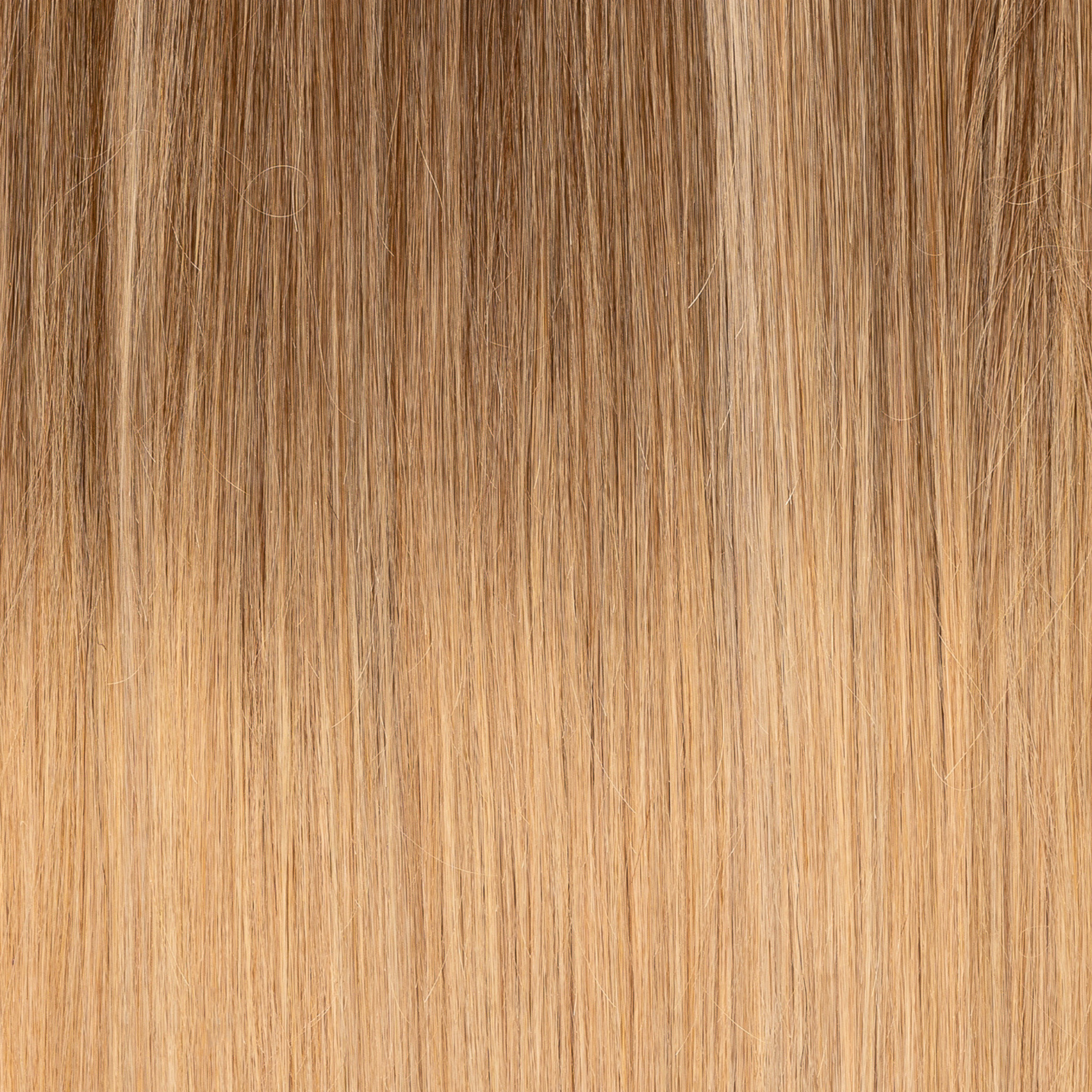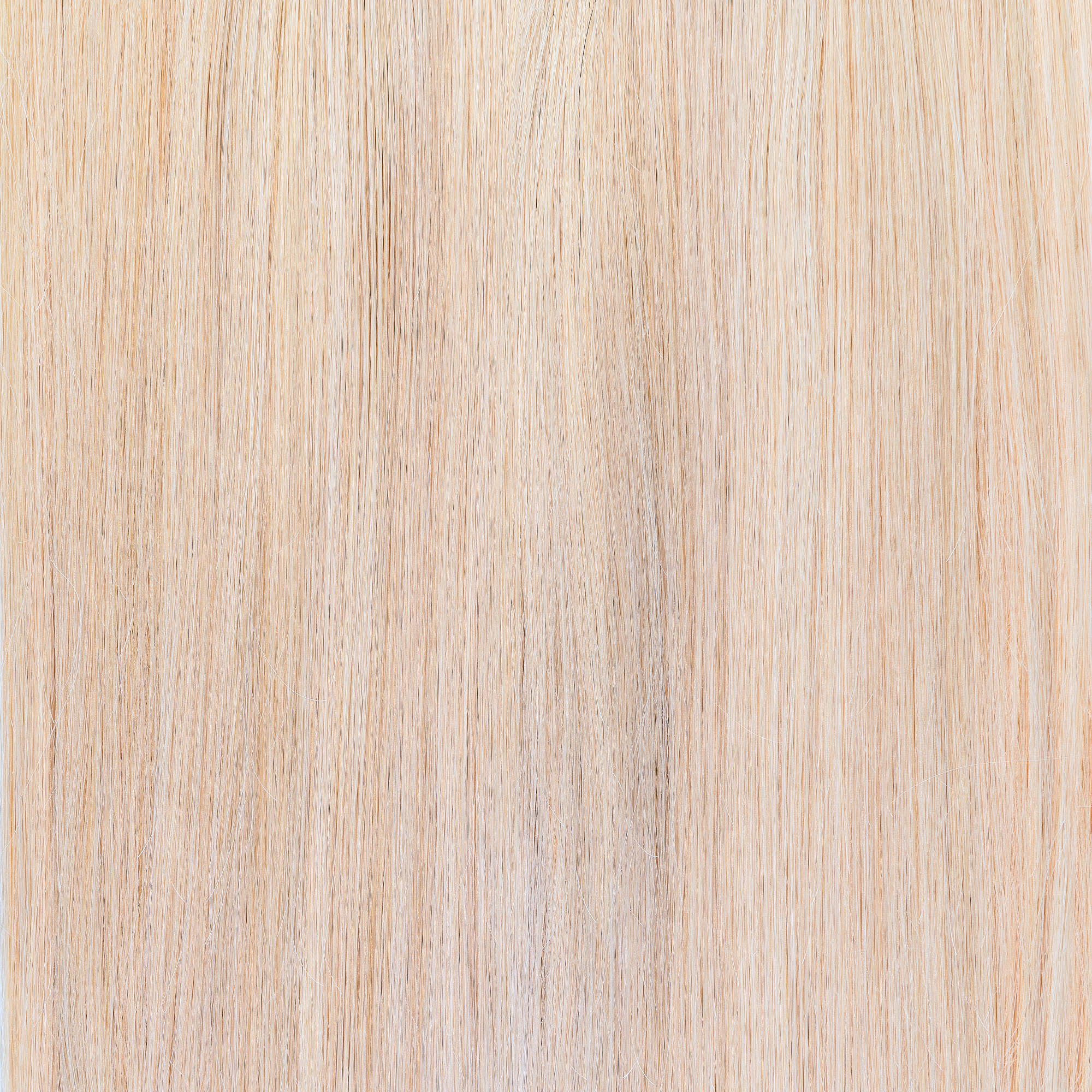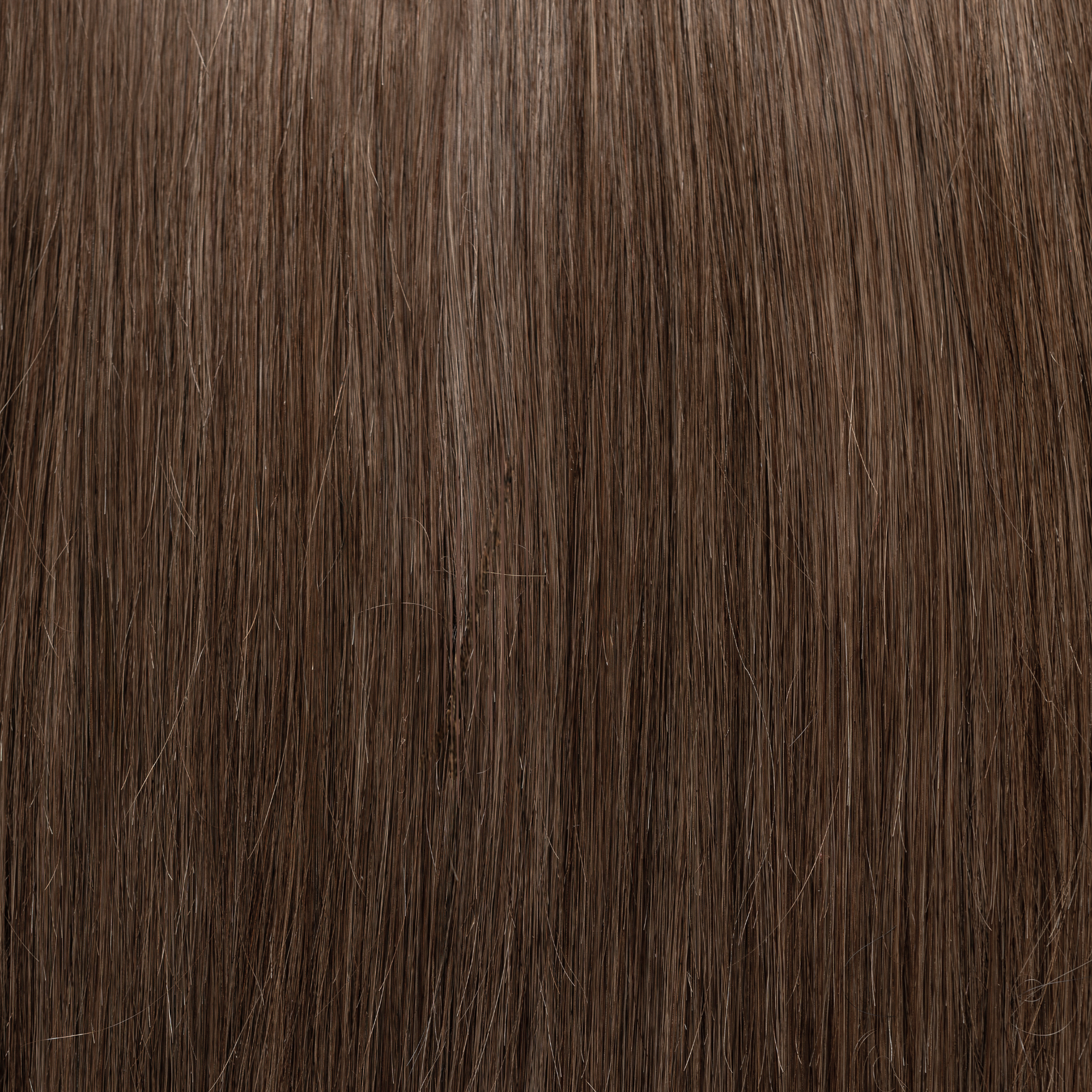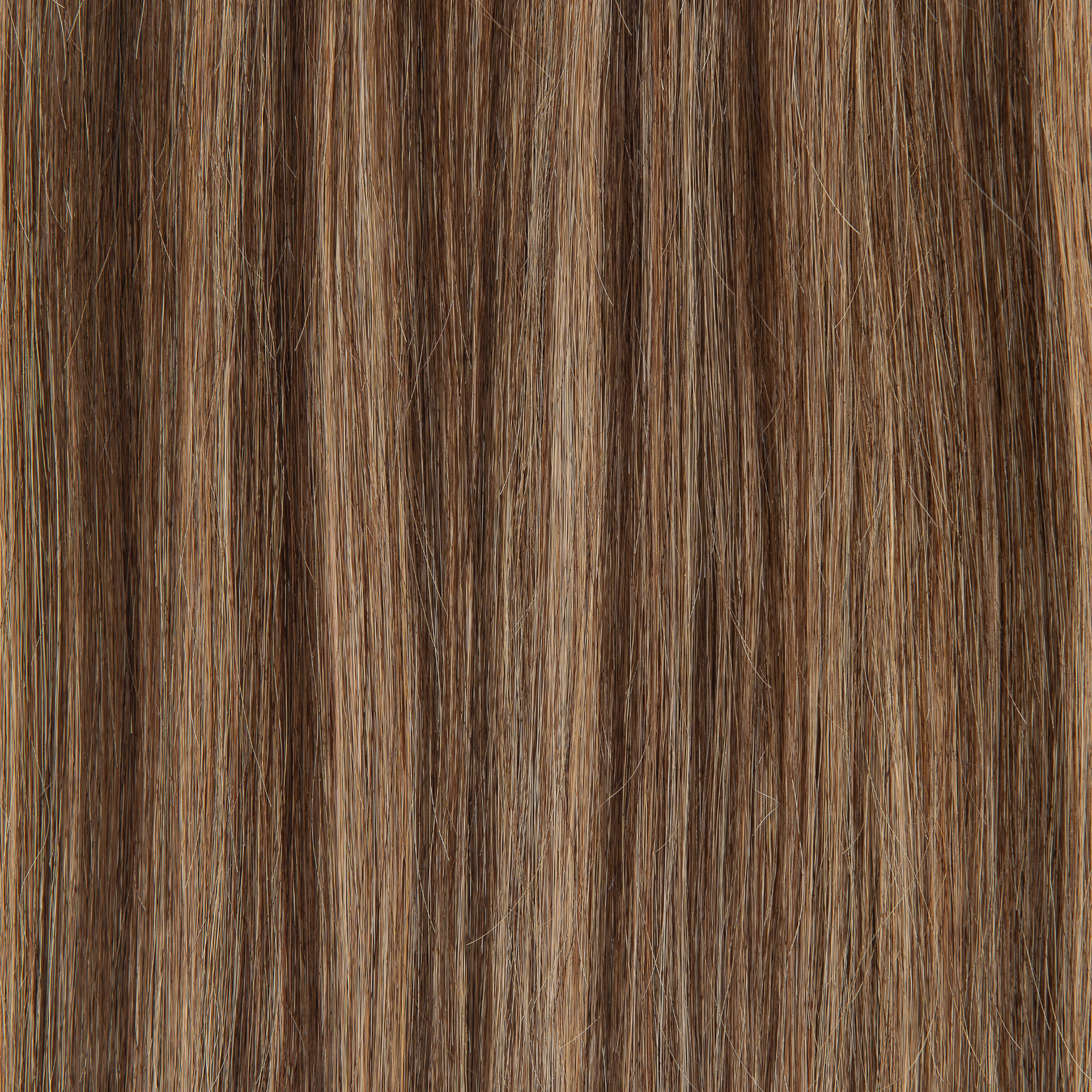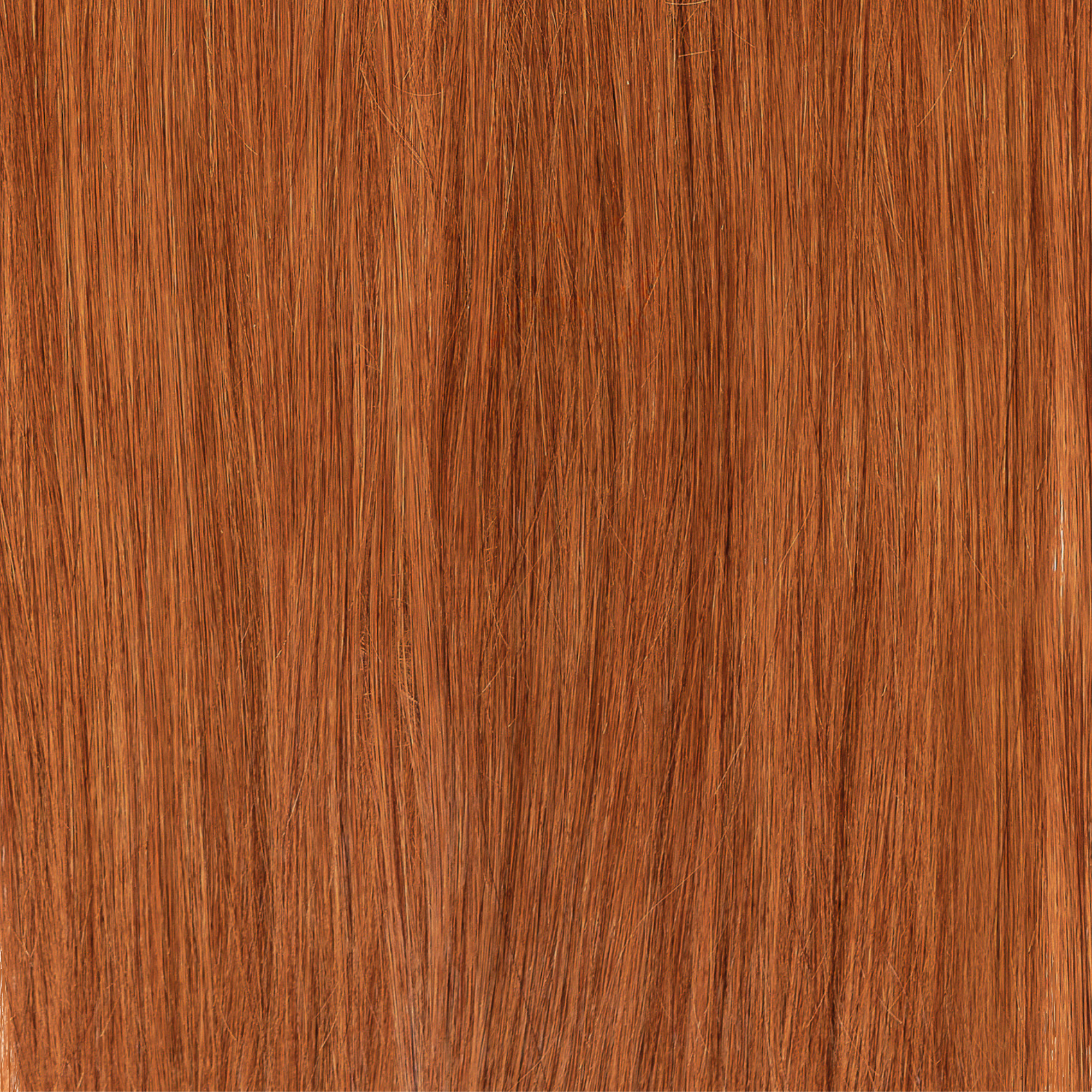
The Science Behind Hair Extensions: Understanding Hair Quality and Sources
- Irene GilmanIf you've ever wondered how celebrities and influencers always seem to have perfect, voluminous hair—it's no secret. Well, actually, it is a secret. And we're here to uncover it. Hair extensions are to thank for those luscious locks, but not all extensions are created equal. In this guide by Atelier Hair Extensions, we’ll dive into the science behind hair extensions, including why hair quality matters, the different types available, and how to choose the right one to achieve that full, glamorous look.
Let’s get to the heart of it—the secret to beautiful, voluminous hair is understanding hair extensions and how they work. Excited to find out hair extension secrets? Let’s jump in!
Breaking Down Hair Quality: What You Need to Know
Let’s talk quality. It’s a major factor that separates amazing secret hair extensions from the “meh” ones. If you’re going to invest in extensions, you want them to look natural, last longer, and withstand your styling habits. Here’s the thing: not all human hair is created equal, and understanding the different grades can make all the difference.
Here’s a breakdown of the hair quality you’ll see on the market, and what you should know about each.
Virgin Hair: The Purest of the Pure

Secret Invisible hair extensions start with Virgin hair. Virgin hair is often regarded as the gold standard in hair extensions, known for its unmatched quality and durability. It’s 100% natural and hasn’t been chemically treated, dyed, or processed in any way. If you’re looking for extensions that are as close to your natural hair as possible, virgin hair is your best bet.
Because it’s in its natural state, virgin hair can be styled, colored, and treated just like your own without compromising its texture or appearance. It’s smooth, shiny, and healthy-looking, and because it hasn’t been stripped of its natural oils, it’s less likely to get damaged or tangled. As a result, virgin hair stands as the priciest option available, reflecting its unmatched quality and natural state.
Why it’s awesome: Virgin hair is the most durable and versatile option. You can dye, style, and treat them exactly like your natural hair. It’s the best choice for anyone who wants the highest-quality, most natural-looking extensions that will last a long time.
Remy Hair: The Next Best Thing

You’ve probably heard the term “Remy hair” tossed around, but what does it actually mean? Remy hair is esteemed as the premium selection for extensions, celebrated for maintaining its natural look and feel. What makes Remy hair so special is that the cuticles (the outer layers of the strands) are kept intact and aligned in the same direction. This results in Remy hair being smoother, shinier, and less likely to tangle. This is the type of hair that Atelier Extensions uses to ensure quality. So, if you're in the market for even clip-in red hair extensions, look for options made with Remy hair for the best results.
Why it’s awesome: The cuticle alignment means no tangling, more shine, and a smoother texture overall. It’s still a high-quality, long-lasting option—though not quite as perfect as virgin hair.
Non-Remy Hair: Affordable, But with Some Compromises

Non-Remy hair is a more affordable option, but it comes with a catch. These strands are often collected from various sources (like salons or hairbrushes) where the cuticles may not be aligned. This can lead to tangling, frizz, and a less natural texture. To compensate for this, non-Remy is typically coated with a silicone layer that gives it a shiny, smooth look at first—but that shine wears off after a few washes.
Why it’s not always the best choice: While non-Remy hair can look great at first, it’s prone to tangling and doesn’t hold up as well over time. The silicone coating can also wear off, leaving the hair looking dull.
When it’s good: Non-Remy hair is a decent option if you’re on a budget and don’t mind replacing your extensions more frequently.
Synthetic Hair: The Quick Fix, But Not the Best Long-Term Solution
Synthetic is made from man-made fibers and is often the cheapest option available. It’s pre-styled and retains its shape, so you don’t have to worry about curling or straightening it—but that’s also where the flexibility ends. Unlike human hair, synthetic hair can’t be styled with heat tools, and it won’t blend as naturally with your real strands.
Why it’s not ideal for long-term wear: Synthetic hair can look unnatural because it doesn’t behave like your natural hair. It can also tangle easily and won’t last as long as human hair. Plus, it’s not as versatile—so if you like to switch up your look frequently, synthetic hair isn’t the best option.
When it’s good: If you need a quick, temporary solution (think costume parties or a one-time event), synthetic hair can work fine, but don’t expect it to last for long.
So, What’s the Bottom Line?
When it comes to hair, you get what you pay for. If you want your extensions to look natural, last for months (or even years), and be versatile enough to style however you like, go for virgin or Remy hair. These are the top secret hair extensions that will blend seamlessly with your natural hair and stand the test of time.
But if you’re just dipping your toes into the world of extensions or you need something for a short-term event, non-Remy or synthetic hair can still get the job done—just know that they won’t last as long, and they may not offer the same smooth, natural look.
Remember, the key to gorgeous, voluminous locks starts with understanding quality, and choosing the right hair for your needs is the first step toward that dream hair you’ve always wanted!
Types of Hair Extensions: Which Fits You Best?

When it comes to extensions, there's no one-size-fits-all solution. Here’s an overview of the most popular types and how each one works.
Tape-In Extensions
Tape-ins are one of the most discreet options when done right. Thin wefts are taped to small sections of your natural hair. They’re perfect if you’re looking for something long-lasting. These are ideal for those with fine/medium hair who want volume without the bulk.
I-Tip Extensions
I-tip extensions are a great choice for those looking for flexibility. Tiny beads or rings attach small, individual strands to your hair. Since no heat is involved, these extensions cause less damage. The beads also allow for movement and natural-looking volume, adding length and fullness in a very subtle way.
Clip-In Extensions
If you’re looking for an easy, temporary solution, clip-ins are the way to go. Simply clip them in, and just like that you’re good to go. These secret hair extensions for short hair are especially great for length and volume without any commitment. You can wear them for a night out or a special occasion, then remove them when you’re done.
Each type of extension works for different needs, but no matter which you choose, the secret is in the quality. Cheap extensions might give you a quick fix, but high-quality ones give you long-lasting, gorgeous results.
How to Apply Clip-Ins: The Secret to Adding Length and Volume
If you’ve ever struggled with adding length to short hair, clip-in extensions are about to become your new best friend. They’re easy to apply, versatile, and perfect for adding volume, texture, and length in minutes—no salon appointment required. Whether you’re looking for a quick fix for a night out or a more permanent boost to your routine, clip-ins are an effortless way to transform your look. Here’s the secret to applying them perfectly.
Step-by-Step: How to Apply Clip-In Extensions
-
Start with Clean, Dry Hair: Before you clip anything in, make sure your hair is clean, dry, and free from any products like oils or hairsprays. Clip-in extensions work best on strands that have a bit of texture to it, so don’t be afraid to add a light volume spray or mousse to give your natural hair some grip.
-
Section Your Hair: For shorter lengths, sectioning is key. Start by creating a horizontal part about an inch or two above your nape (you can adjust based on your hair’s length). Clip the crown section of your hair out of the way. This allows you to apply the clip-ins to the lower sections first, which helps them blend seamlessly.
-
Begin Clipping in the Extensions: Start with the bottom-most section of your hair. Take your first clip-in (usually a 3-clip weft if you’re looking for more volume) and open the clips. Attach the clip-in at your hair's root and snap the clips shut. Repeat this process for each section, working your way upwards, adding the longer extensions as you go.
-
Blend and Style: Once the clip-ins are all in place, release the top section of your hair. Blend your natural hair with the extensions, you can use either fingers or a brush. For extra blendability, you can curl or straighten both your natural hair and the clip-ins together.
- Final Touches: For short strands, it’s important to make sure that the clips aren’t visible and that the extension’s end doesn’t look too blunt. You can trim the ends of the clip-ins to match the shape of your natural hair for secret layers hair extensions. To really make it seamless, add a little hairspray or texturizing spray for extra hold and volume.
How to Care for Clip-In Extensions: Keeping Your Secret Lengths Gorgeous
To get the most out of your clip-ins, proper maintenance is essential. With a little care, your clip-ins will continue to give you stunning lengths and volume for months, if not longer. Here’s how to keep them in amazing condition:
1. Wash with Care
Unlike your natural hair, clip-ins don’t need to be washed after every use. Aim to wash them every 8-10 wears (or less if you wear them infrequently). When it’s time to wash, use a gentle shampoo and conditioner designed for extensions. Avoid using heavy products or oils that could weigh them down.
Tip: Don’t wash your clip-ins while they’re still clipped in. Instead, gently detangle them first, then wash them individually, laying them flat on a towel to dry.
2. Deep Condition
Just like your natural hair, clip-ins need moisture to stay looking shiny and healthy. Use a deep conditioning treatment once a month (or as needed) to keep them soft and manageable. Apply the conditioner and leave on for about 10-15 minutes, then rinse thoroughly.
3. Detangle Regularly
After each wear, gently brush or finger-comb through your clip-ins to remove any tangles. Starting from the ends, working your way up to avoid damaging wefts. When storing them, make sure they’re kept in a way that prevents tangling—either in a clip-in extension hanger or a storage bag.
4. Avoid Heat Damage
While clip-ins are made from real human strands (if you’ve chosen premium extensions), it’s still important to protect them from excessive heat styling. Use a heat protectant spray before applying any heat to the extensions, and avoid using high temperatures that could cause long-term damage. Aim to keep heat styling to a minimum, and let your natural texture shine through when possible.
5. Store Properly
When you’re not wearing your clip-ins, store them in a cool, dry place to prevent them from getting dusty or tangled. You can use a silk or satin bag to keep them safe and prevent friction, which can cause damage to the strands.
In Conclusion: The Secret to Beautiful Lengths is in the Details
Applying clip-ins may seem like a small step, but it can make a huge difference in achieving gorgeous, natural-looking length and volume—especially if you’ve got short hair. By following these easy application tips and caring for your extensions properly, you’ll enjoy secret lengths that look flawless every time. Whether you're using them for a big event or to add some everyday glam, clip-ins will be your go-to for effortless beauty. For hair extensions usa, check out Atelier Extensions.
